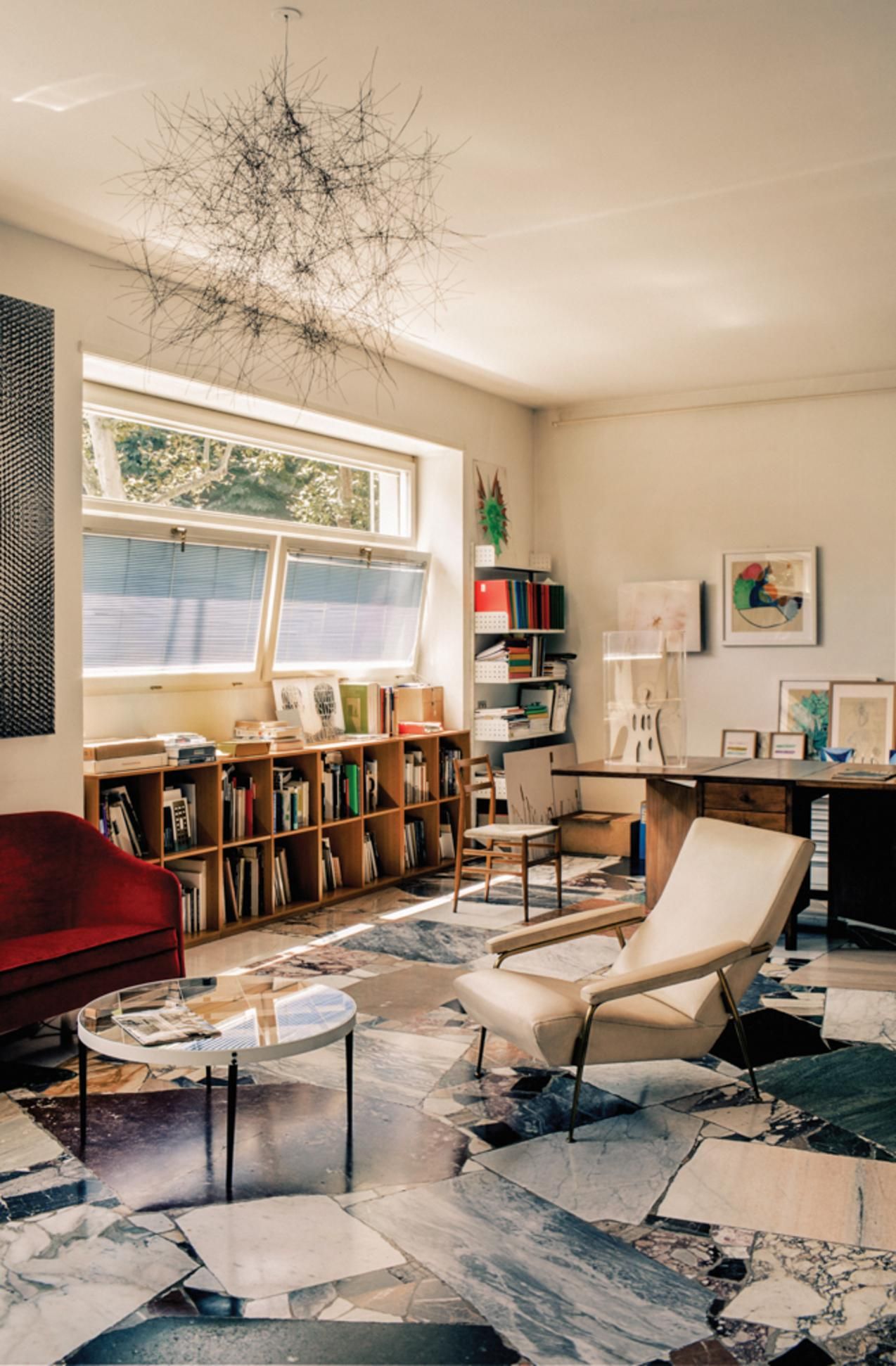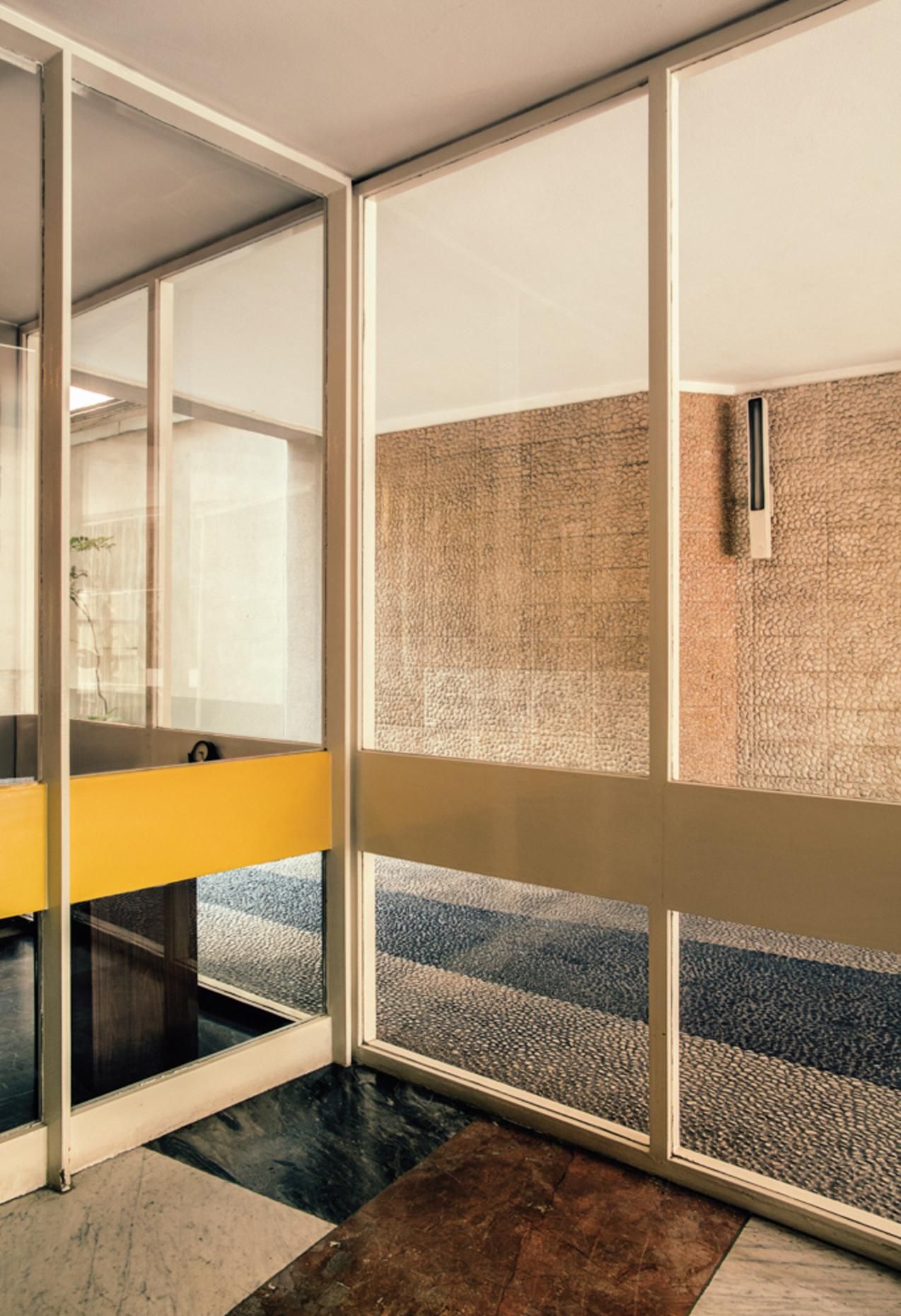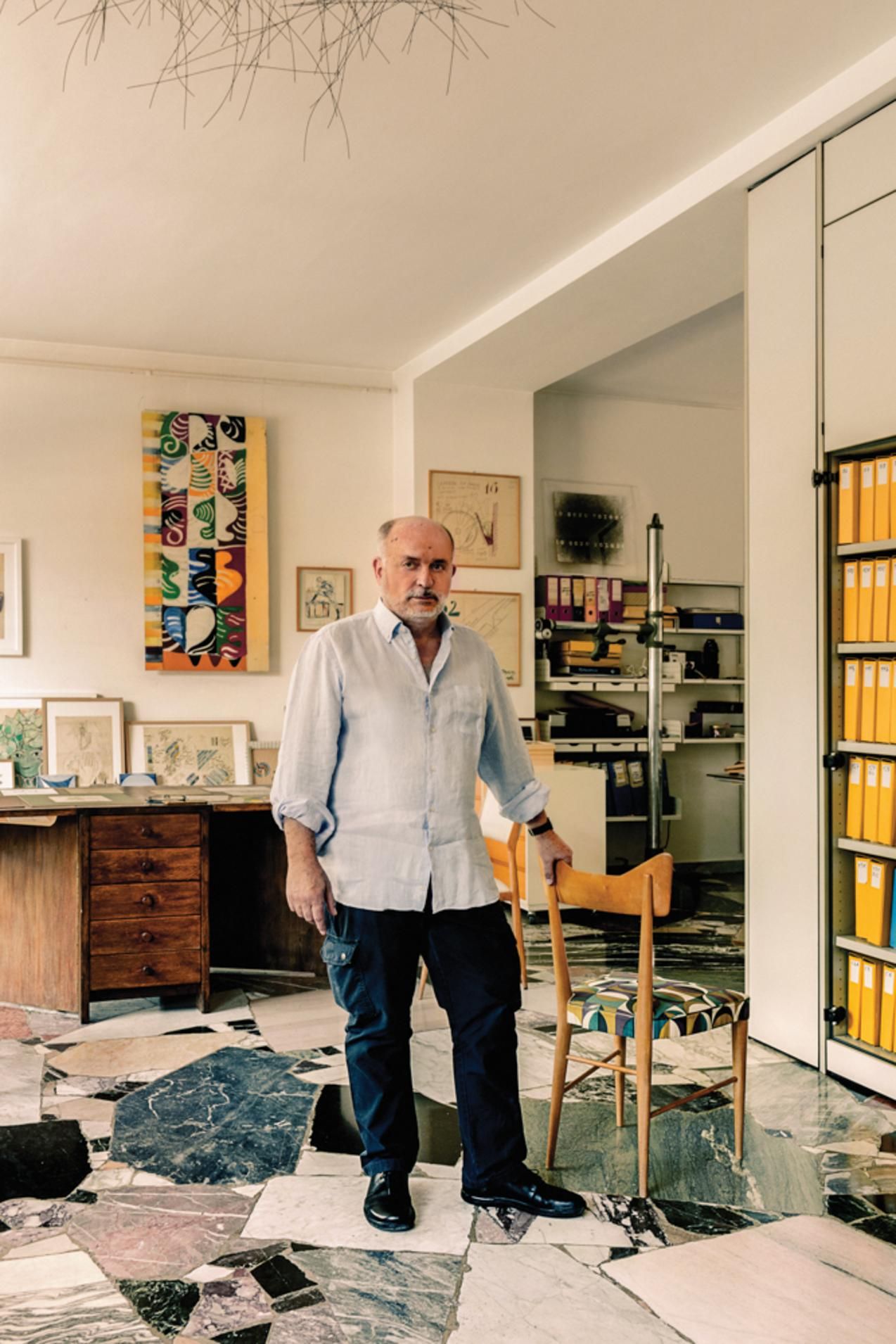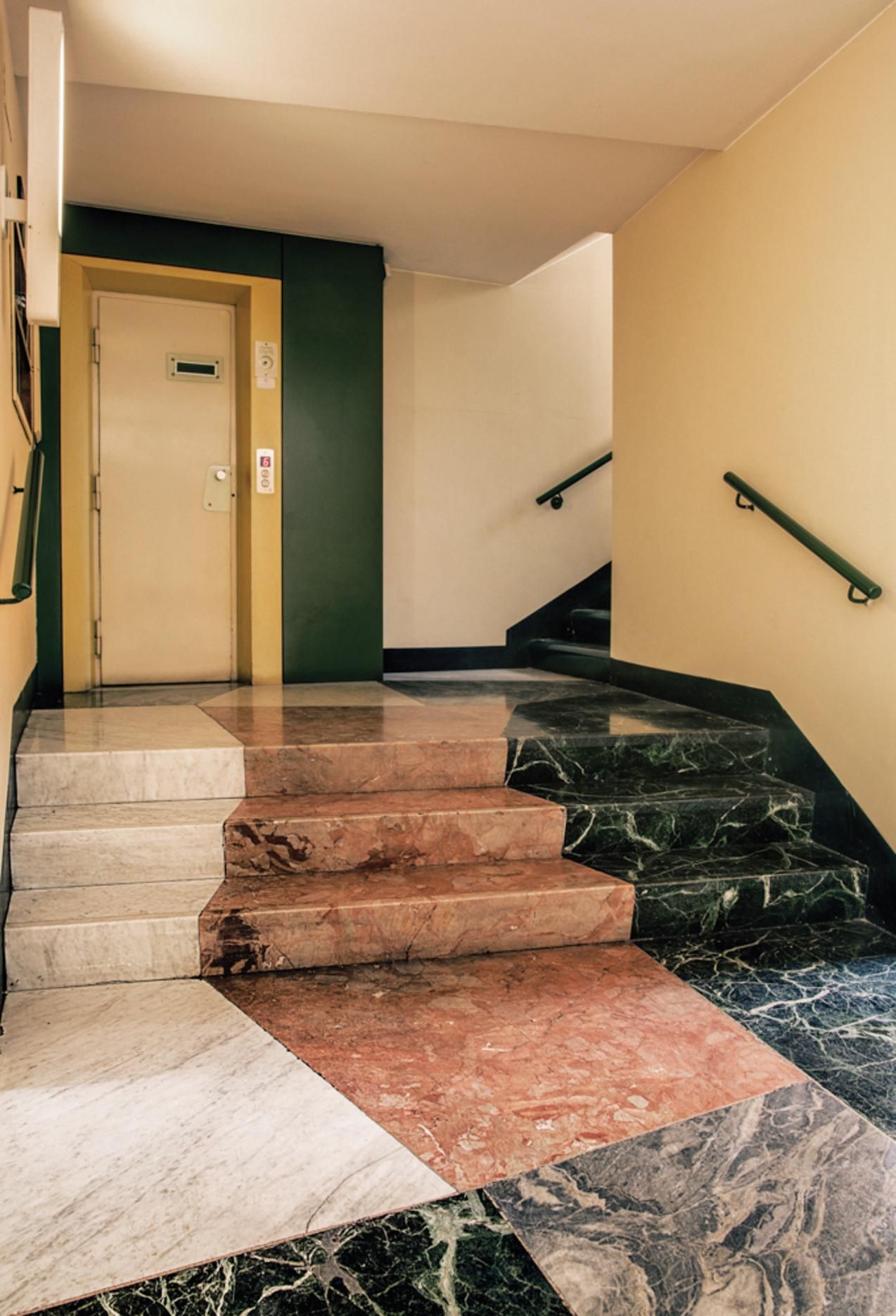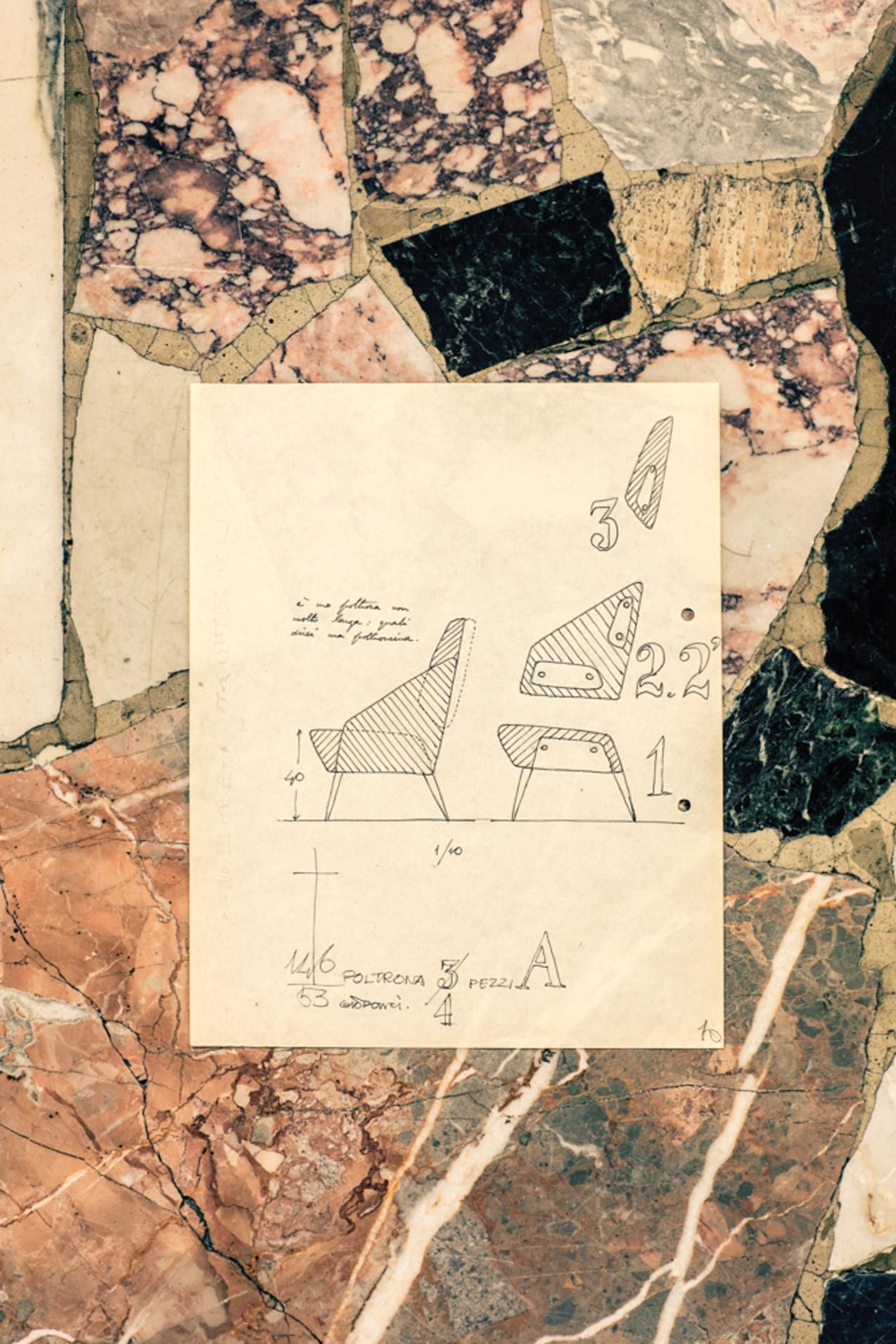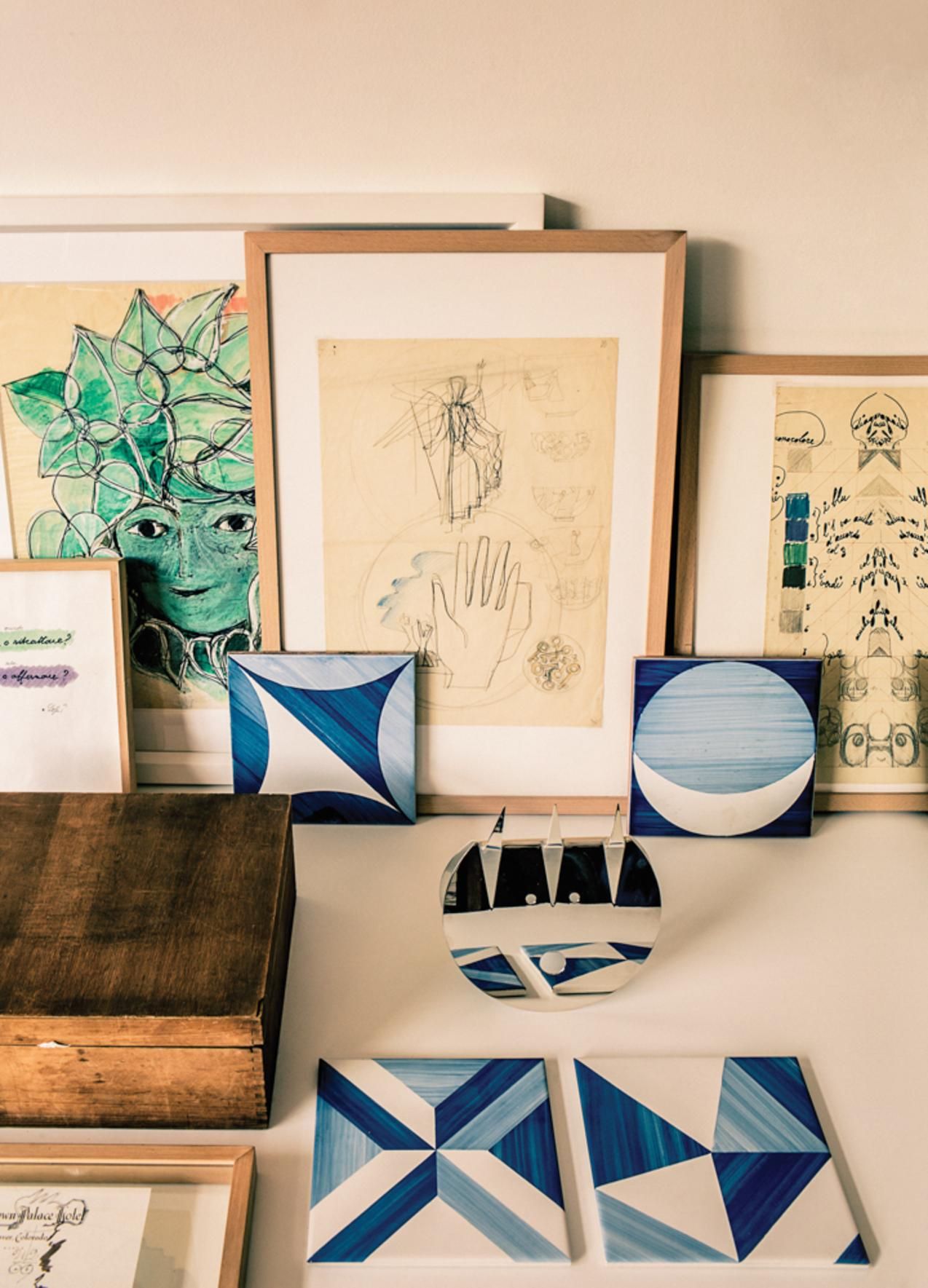05.GIO PONTI
GIO PONTI ARCHIVES
The Gio Ponti Archives are located in premises that were Gio Ponti's office, the building he designed and lived in on Via Dezza 49, Milan.
The data bank Gio Ponti Archives is based on photographic materials from the study of Gio Ponti, reorganized by his daughter Lisa in the mid-eighties on the occasion of the book Gio Ponti, l'opera by Lisa Ponti, and from important additions in photos, profiling and data collections carried out by Salvatore Licitra from 1996 onwards.
"Archives" is plural in order to express the aim of creating a database for Gio Ponti which will succeed in relating information and materials of different kinds, properties and origins.
This approach is essential if we are to give an adequate account of Ponti's work and achievement, as he was engaged on multiple fronts, from architecture to product design, from communication to art, and by nature and temperament inclined to form relationships and experiment widely.
The task of the database of the Gio Ponti Archives is thus also to compose the richest possible mosaic of the background against which he moved, for the reasons explained above and in the knowledge that in those years (1920-70) art, architecture and design in Italy attained peaks of quality subsequently unequalled.
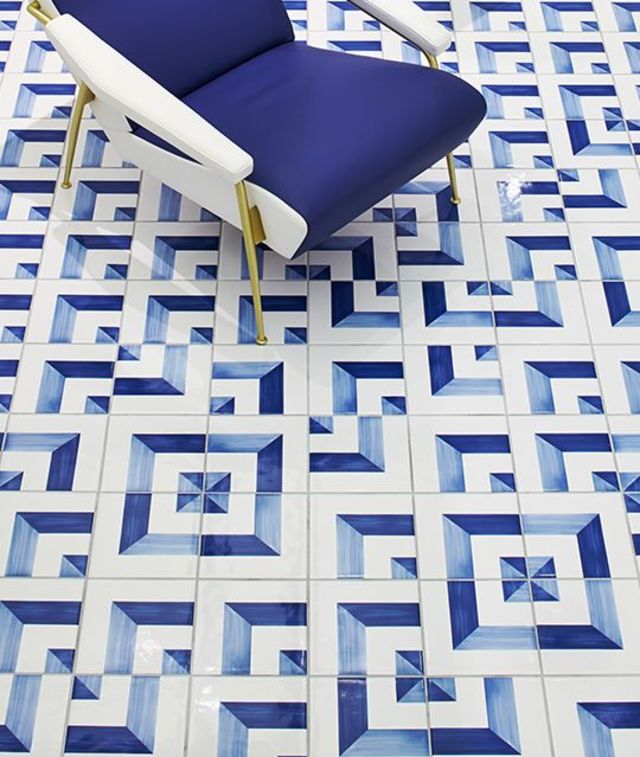
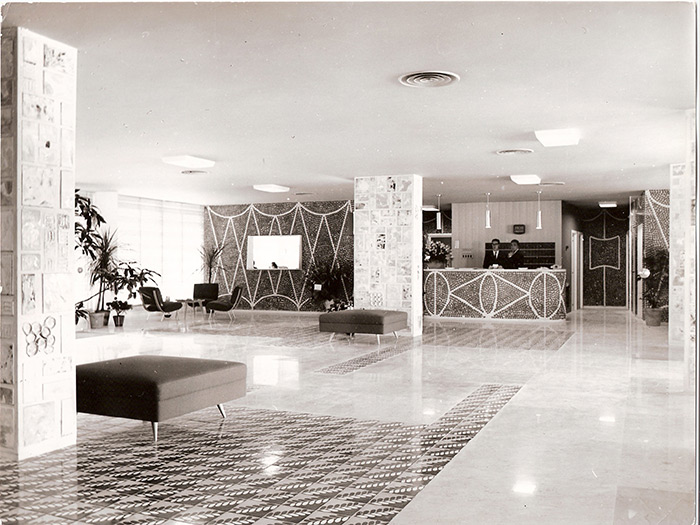


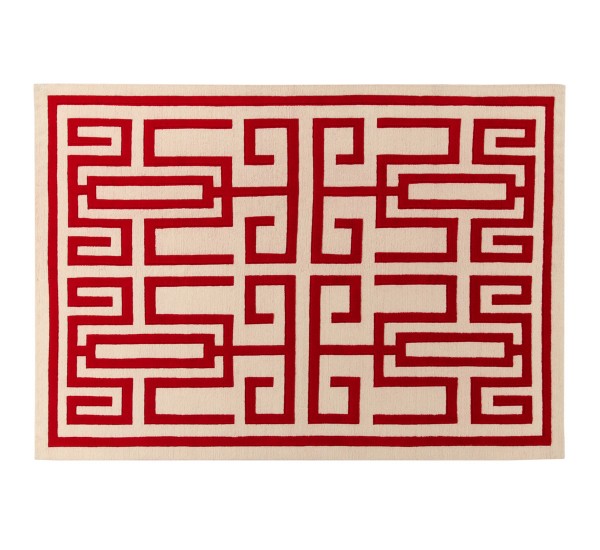

Explore the Genius of Italian Architect Gio Ponti
The pioneer of modern design is the focus of an upcoming retrospective in Paris
By Alice Cavanagh
Aug. 18, 2018 10:00 a.m. ET
GIOVANNI “GIO” PONTI, the father of modern Italian design, was an artist, architect, designer, writer and publisher. Over a career that spanned almost 60 years, from his professional beginnings in the early 1920s until his death in 1979, he was as prolific as he was inventive. His best-known work—which includes Milan’s midcentury Pirelli Tower, the 1961 Parco dei Principi hotel in Sorrento and the 1957 Superleggera chair for Cassina—is just a fraction of his impressive output.
Ponti designed at least 40 buildings in Milan alone and hundreds of pieces of furniture and other objects, founded and directed the cult design publications Domus and Stile, and still had time to dabble in watercolors, essay writing and costume design. He almost single-handedly put the Italian design industry on the map.
“Ponti was one of the pioneers of modern design, like [Alvar] Aalto, Le Corbusier and Charles and Ray Eames,” says Giulia Molteni, head of marketing and communications for Molteni&C. For the past six years, the Italian furniture company has been issuing new reproductions of Ponti pieces, including an armchair he designed for the Villa Planchart in Caracas, Venezuela, and a table he had in his own home. The collaboration was sparked in 2010, when Carlo Molteni, Giulia’s father and president and CEO of the company, met one of Ponti’s grandchildren, photographer Paolo Rosselli, and admired his bookshelf, a Ponti original.
Though Ponti had the pure leanings of a modernist (with foundations in neoclassicism), his work embodied the warmth and good humor of the Italian spirit. Born in Milan in 1891, he graduated with an architecture degree from Milan Polytechnic after serving in World War I. Architecture, however, was not his first vocation: For a 10-year period, starting in 1923, Ponti was the artistic director of the prestigious Italian porcelain manufacturer Richard Ginori, also a sponsor of the MAD show. Ponti’s designs, often flamboyant, revived the historic company and raised his own profile. He continued to pursue both artistic and industrial projects, designing everything from silk fabrics to cutlery while establishing and running his architectural practice.
The Paris exhibition brings together over 400 Ponti objects, a collection that encompasses everything from his ceramic work to the lamps he created for FontanaArte. Many of these items, such as an elaborate porcelain table service he designed in 1926 for Italian embassies, have never been shown before. There’s also evidence of Ponti’s plans, never realized, to make a feature film of the 1922 Luigi Pirandello play Henry IV. The lengthy scenography is drawn on scrolls of paper complete with detailed directions and notes.
This work, along with a significant number of sketches, photographs and correspondence, much of the latter vividly illustrated, is on loan from the official Ponti archives, which are now managed by another of Ponti’s grandsons, Salvatore Licitra. The collection is housed in a one-room studio that was Ponti’s former workspace, on the ground floor of the 1957 apartment block he designed on Via Dezza in Milan. The architect lived on the eighth floor until his death and ran his firm and, in its early years, Domus out of a former garage behind the apartment block.
Ponti kept copies of most of his correspondence, and there are around 130,000 letters stored in the archives. As organized as the papers are, there is no complementary archive of Ponti’s furniture and other design objects. “The family were too distracted,” says Licitra of the fact that they retained an incomplete collection of pieces, adding by way of example: “Carlo Mollino was my godfather, and he gave me a [children’s] car when I was a baby, designed by him—beautiful, like a sculpture—and, this is typical of the Ponti family, I said, ‘Oh, it’s too big,’ ” Licitra says, indicating that they lost track of it over the years. Licitra has four original Ponti pieces in his office, including a modular desk from 1936 and a cream-colored Distex armchair from 1953; others are scattered among the homes of Ponti’s descendants. Licitra says they hope one day to gather all of these pieces in one place to create a private museum. The MAD exhibition includes loans from the Molteni Museum collection and from private collectors—for instance, a coffee table, owned by publisher Benedikt Taschen, who is working on a large volume about Ponti.
The entrance to the Ponti-designed building that houses the archives. PHOTO: MATTHIEU SALVAING FOR WSJ. MAGAZINE
The building on Via Dezza reflects Ponti’s beliefs about the modern home. “His idea for this house is that the facade is like a frame where there is an inside like a theater, [showing] the life of the people,” says Licitra of the structure’s large windows and glass doors, which Ponti also saw as a decorative element for the interiors, making the cityscape part of the occupants’ aesthetic experience. “[Ponti thought] that the window should not be just technical,” says Licitra.
The layouts of the apartments are a model of open-plan living. Ponti’s residence featured folding partition doors that opened up entirely so that the living spaces flowed into the bedrooms. “Ponti would say that you need space also for the eyes,” says Licitra. The apartment has since been sold and its contents—all Ponti, all custom made—lost. “My uncle sold it to somebody who was, I imagine, rich but completely ignorant, and he said, ‘Oh, Gio Ponti, bof.… [I’ll] change everything,’ ” Licitra explains. He has fond memories of visiting his grandparents at home, where Ponti’s playful nature was on full display. On one occasion, Licitra recalls, the architect casually upturned a bowl of grated Parmesan on Licitra’s head. “He was very amused by [children] and with trying to make us laugh,” he says.
Under the guidance of French architect Jean-Michel Wilmotte, rooms from six of Ponti’s projects—including his home on Via Dezza, the Villa Planchart, and his sole Parisian project, the L’Ange Volant villa—are being reconstructed for the exhibition. The latter home, owned by the silversmith family Christofle, was one of Ponti’s very first projects, and it gave him an indelible link to France.
In 1925, Ponti, then working for Richard Ginori, went to Paris to take part in the Exposition Internationale des Arts Décoratifs et Industriels Modernes. He took first prize for ceramics, and he met Tony Bouilhet, of Christofle, who commissioned Ponti to design L’Ange Volant in Garches, in the western suburbs of Paris. The two became friends, and Bouilhet later married Ponti’s niece. “Gio Ponti was at my grandparents’ 50th wedding anniversary. I remember him because he was extremely elegant,” says Sophie Bouilhet-Dumas, Bouilhet’s granddaughter, Ponti’s great-grandniece and a co-curator of the show. “He was wearing a light-blue jacket, with a Mao collar. He had designed it. I remember this man that everyone cherished.”
An independent curator, Bouilhet-Dumas had long dreamed of bringing a Ponti retrospective to Paris, an ambition once entertained by her grandfather, who was on the board of the museum. (Bouilhet-Dumas is married to the museum’s current president, Pierre-Alexis Dumas, who is the artistic director of Hermès.) “In [Tony and Gio’s] correspondence, they were always trying to find a way to have an Italian project in Paris or a French project in Milan,” she says. The friends discussed a retrospective at the Musée des Arts Décoratifs, but Ponti died before it came to fruition.
“Many people had played with the idea [of a Ponti show], but where to start? It’s such a world of its own,” says Gabet of the architect’s work. “You have to begin by saying, Gio Ponti was like an artist,” says Licitra. “He said of himself, ‘I am an artist who fell in love with architecture.’ That means that he could do what he wanted…. He was very convinced of this.”
